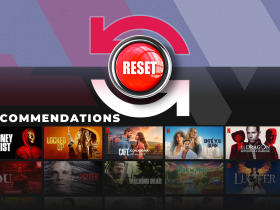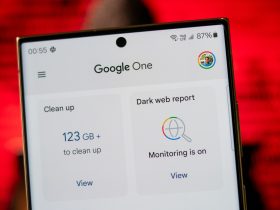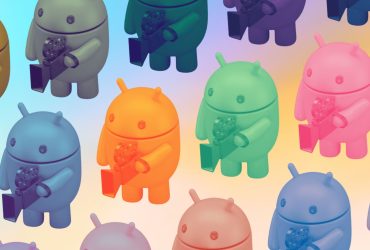
Contents
If you have a preferred tech brand whose products you favor, you’re not alone. Most of us are part of at least one technology ecosystem, offering us many benefits. For instance, you get a discount if you bundle cell phone service with home internet and TV from the same provider. Google services like Gmail, Drive, Photos, and Docs are conveniently integrated with each other. The best Samsung Galaxy phones work best with a Samsung Galaxy smartwatch, and vice versa.
There’s a reason why tech ecosystems are sometimes called walled gardens. Entry is easy, it’s fun on the inside, but it’s a challenge to leave. While being part of an ecosystem is convenient, remaining loyal has cons and costs that may not be immediately apparent.

Related
An ecosystem can lock you in
Brands use that as leverage to keep your business

Source: Lucas Gouveia/Android Police
I signed up for Gmail more than 15 years ago. Over time, I started using Google Docs for work, Google Photos to back up my memories, and got a 200GB cloud storage subscription for my files. I’m still a satisfied user of the Google services ecosystem, but over the years, I’ve noticed that the company has leveraged its position for profit.
A solid example is the case of Google Photos, which initially came with unlimited backup for photos, as long as you were okay with some compression. This made the service extremely popular, reaching a billion users in four years. Eventually, Google dropped the free offer. I bet a fair number of its users chose to pay for cloud storage after that instead of leaving, while Google had amassed vast amounts of data to train its AI.
Speaking of cloud storage, Google offers 200GB and 2TB cloud storage tiers, but nothing in between. At the rate people take photos and videos, 200 gigs can run out in about a year. Google knows moving your files to a competitor’s service is too much work. So, the company nudges you to get 2TB for three times the cost, even though you may not need the space.
Leaving the ecosystem is a hassle

Lucas Gouveia/Android Police
Let’s say that a Google competitor comes along. Proton Mail, for instance, offers the kind of middle-ground, 500GB tier that Drive misses. While it’s more expensive, it bundles perks like VPN and a password manager, so it’s a valid alternative for the right people.
Switching camps typically comes with a lot of friction, not only because you must leave behind something you’re used to. You must move your data, adjust your workflow, and familiarize yourself with a new instrument. Being in an ecosystem makes such a switch more difficult, even if it’s a better long-term investment. Companies know this, so they build robust ecosystems to tie you in.

Related
Google’s ecosystem lock-in is getting stronger: Here’s what you can do about it
Breaking free from Google is a challenge, but you can take a few steps to regain control
In an ecosystem, you miss out on innovation
Is the latest tech passing you by?

Source: Samsung Display
Technology evolves constantly, and innovation comes in many forms. However, staying loyal to an ecosystem may mean missing out on innovation outside of it. Apple fans, for instance, have yet to experience the unique advantages of foldable phones, while Samsung loyalists can only dream of OnePlus-level fast battery charging. A company with a robust ecosystem can postpone innovating if it has a sufficiently loyal user base to generate revenue.
Some would say that the convenience of an ecosystem outweighs the wait for the latest tech. That’s a fair point, but on the other hand, you could miss out on products that better fit your needs, and you wouldn’t know it.

Related
An ecosystem can quietly overcharge you

Brand loyalty comes with a hidden monetary cost. Have you noticed that first-party accessories tend to cost more than third-party alternatives? That’s rarely because they’re better. Brands know that when buying a $1,000 phone, a $50 case doesn’t seem expensive, and you’re likely to throw it in your cart without thinking about it. However, an identical case by a reputable accessory brand could cost half as much.
It’s the same story with other accessories: screen protectors, chargers, cables, and wireless charging pads. For example, it’s almost a better deal to pick one of the best phone chargers instead of what your phone’s manufacturer sells. In many cases, the third-party alternative would be cheaper and perform as well, if not better.

Related
Be aware of the downsides of ecosystems
I’m not making a case against tech ecosystems. They bring convenience and a seamlessness we wouldn’t experience otherwise, while also being essential to the long-term health of a business. I hope you walk away with a better understanding of how ecosystems lure and lock you in by design.
When the value and benefit you get from them fades, hopping on the other side of the fence could be challenging. We’re free to be loyal to any platform we like, but let’s keep an open mind and remain aware of what loyalty could secretly cost us.
What’s your reaction?
Love0
Sad0
Happy0
Sleepy0
Angry0
Dead0
Wink0











Leave a Reply
View Comments